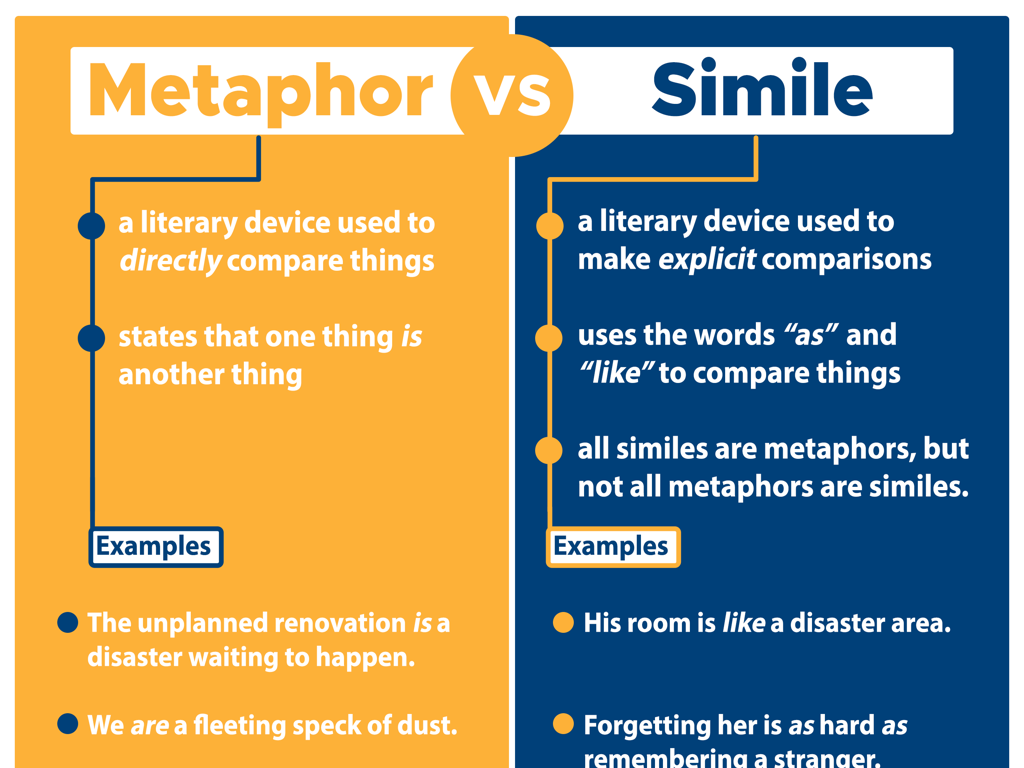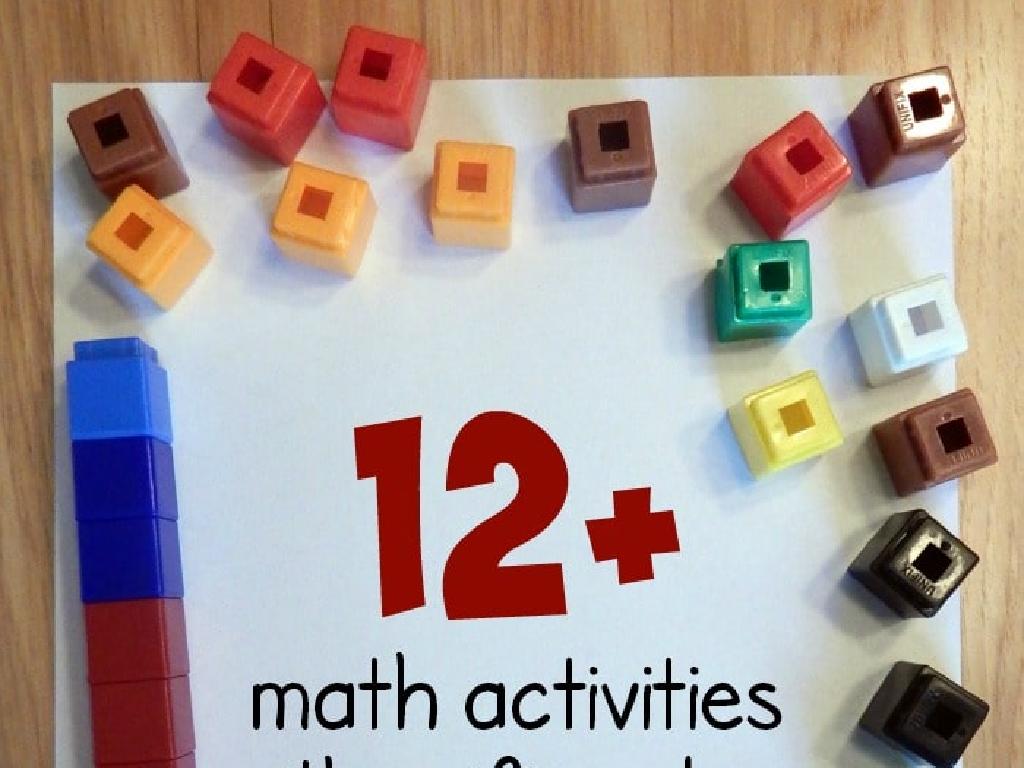Power Of A Power: Integer Bases
Subject: Math
Grade: Eighth grade
Topic: Exponents
Please LOG IN to download the presentation. Access is available to registered users only.
View More Content
Exponents: Power of a Power
– Recap: What are exponents?
– Exponents represent repeated multiplication, e.g., 3^2 means 3*3.
– Base vs. Exponent
– Base is the number being multiplied; exponent tells how many times.
– Exponential Growth in Real Life
– Populations, investments grow exponentially, e.g., bacteria doubling.
– Power of a Power Rule
– (a^m)^n = a^(m*n), multiply exponents when a base is raised to a power.
|
Begin with a brief review of exponents, emphasizing their role in representing repeated multiplication. Clarify the difference between the base and the exponent, ensuring students understand the base as the number being multiplied and the exponent as indicating how many times the multiplication occurs. Provide relatable examples of exponential growth, such as population growth or compound interest, to illustrate the concept’s relevance. Introduce the power of a power rule, explaining that when a base is raised to an exponent and that expression is raised to another exponent, the exponents are multiplied together. Use examples to demonstrate this rule, and prepare exercises for students to practice.
Power of a Power Principle
– Defining power of a power
– Raising a power to another power multiplies the exponents
– Multiplying exponents rule
– Multiply the exponents when a power is raised to another power
– Example: (2^3)^2
– (2^3)^2 shows 2 raised to the 3rd power, then squared
– Simplifying to 2^6
– Result of (2^3)^2 simplifies to 2 raised to the 6th power
|
This slide introduces the concept of raising a power to another power, which is a fundamental principle in working with exponents. The key takeaway is the rule for multiplying exponents: when you have a power raised to another power, you multiply the exponents. For example, (2^3)^2 means 2 is raised to the 3rd power, and that result is then squared. To simplify, you multiply the exponents (3 and 2) to get 2^6. It’s crucial for students to understand this rule for simplifying expressions with exponents. Practice problems can include various bases and exponents to ensure students are comfortable with this concept.
Power of a Power: Integer Bases
– Understanding integer bases
– Integers are whole numbers, positive or negative, including zero.
– Positive integer base examples
– For example, (2^3)^2 = 2^(3*2) = 2^6 = 64.
– Negative integer base examples
– Negative base example: (-3^2)^2 = (-3^(2*2)) = (-3^4) = 81.
– Applying the power rule
|
This slide introduces the concept of integer bases in the context of exponents, specifically focusing on the power of a power rule. Integer bases are simply whole numbers that can be positive, negative, or zero. Provide examples with positive integer bases to show how to multiply the exponents when raising a power to a power. Then, demonstrate with negative integer bases, ensuring to clarify the effect of even and odd exponents on the sign of the result. Emphasize the importance of parentheses in determining the base. The power rule is a fundamental exponent rule that simplifies the process of working with powers of powers. Encourage students to practice with additional examples to gain confidence.
Rules of Exponents: Power of a Power
– Multiply powers with same base
– When multiplying, add the exponents: a^m * a^n = a^(m+n)
– Divide powers with same base
– When dividing, subtract the exponents: a^m / a^n = a^(m-n)
– Power of a product rule
– Apply the exponent to each factor: (ab)^n = a^n * b^n
– Power of a quotient rule
– Apply the exponent to numerator and denominator: (a/b)^n = a^n / b^n
|
This slide covers the fundamental rules of exponents when dealing with powers of a power with integer bases. Emphasize that the base remains the same while exponents are added when multiplying and subtracted when dividing. Illustrate the power of a product rule by showing that each factor within the parentheses is raised to the power outside. Similarly, for the power of a quotient rule, both the numerator and the denominator are raised to the outside power. Provide examples for each rule to ensure understanding, such as (2^3)*(2^2) = 2^(3+2) for multiplication, and (2^5)/(2^2) = 2^(5-2) for division. Encourage students to practice these rules with different bases and exponents to gain fluency in simplifying expressions involving powers.
Power of a Power: Simplifying Expressions
– Simplify (3^4)^2
– (3^4)^2 becomes 3^(4*2) or 3^8
– Simplify (-5^2)^3
– ((-5)^2)^3 becomes (-5)^(2*3) or (-5)^6
– Understand the rule
– Multiplying exponents when raising a power to a power
– Practice with more examples
|
This slide focuses on the concept of raising a power to another power with integer bases. Start by demonstrating the simplification of (3^4)^2, explaining that you multiply the exponents (4*2) to get 3^8. Then, move on to (-5^2)^3, emphasizing the importance of considering the negative base and following the same rule of multiplying exponents. Explain that the rule works because you’re essentially multiplying the base by itself for the total number of times indicated by the exponents. Encourage students to practice with additional examples to solidify their understanding. Provide guidance on common mistakes, such as neglecting to apply the rule to negative bases correctly.
Practice: Power of a Power with Integer Bases
– Solve (x^3)^4
– Apply the rule (a^n)^m = a^(n*m)
– Solve (2y^2)^3 for y = 2
– Substitute y with 2, then apply the power rule
– Solve ((-3)^3)^2
– Calculate the inner power, then raise the result to the second power
|
This slide presents practice problems to help students apply the power of a power rule. For the first problem, students should recognize that (x^3)^4 can be simplified by multiplying the exponents, resulting in x^(3*4) or x^12. In the second problem, they need to substitute y with 2 in the expression (2y^2)^3 and then simplify. The third problem involves negative bases and students must be careful with the sign when raising to even powers. These exercises will reinforce their understanding of exponent rules and prepare them for more complex algebraic manipulations. Encourage students to work through each step and check their work with peers.
Class Activity: Exponent Challenge
– Pair up and solve exponent problems
– Create your own power of a power problems
– Present solutions and explain reasoning
– Reflect on the activity and learning
Discuss what was learned and any difficulties faced
|
This activity is designed to encourage collaborative learning and deepen students’ understanding of exponents, specifically the power of a power rule. Students should pair up and work through a set of problems involving exponents provided by the teacher. Afterward, they should create their own problems, which will help them understand the concept from a different angle. Each pair will then present their solutions to the class, explaining the steps and reasoning behind their answers. This will not only reinforce their own understanding but also allow them to learn from each other. The teacher should prepare a diverse set of exponent problems and be ready to guide students who may struggle with creating their own problems. Possible activities could include: simplifying expressions with exponents, finding missing bases or exponents, and applying the power of a power rule in different contexts. The reflection at the end will help students internalize what they’ve learned and identify areas that may need further clarification.
Wrapping Up: Power of a Power
– Recap of power rules
– Remember (a^m)^n = a^(m*n)
– Homework: Practice problems
– Solve assigned problems from the textbook
– Explore exponents in daily life
– Look for patterns in nature or finance
– Keep practicing for mastery
|
As we conclude today’s lesson on the power of a power with integer bases, remind students of the key rule: when raising a power to another power, multiply the exponents. Assign a set of problems from the textbook for homework to reinforce this concept. Encourage students to be observant of how exponents are used in real-world contexts, such as in computing compound interest or understanding seismic scales. Emphasize the importance of practice for achieving proficiency in working with exponents. Next class, we’ll review homework answers and discuss any challenges faced.






